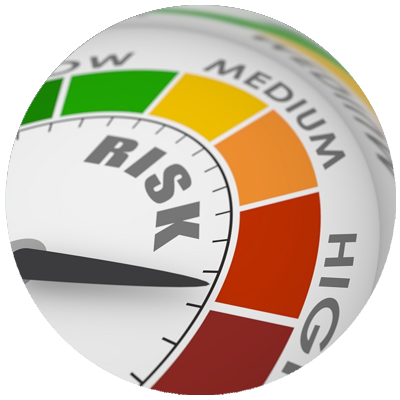
While SUDEP is a difficult topic to think about, understanding it can help alert you to harmful situations where SUDEP risk increases. The information below is meant to help educate and guide you in understanding SUDEP. As always, talk with your doctor about your risk for SUDEP and how to minimize it.





